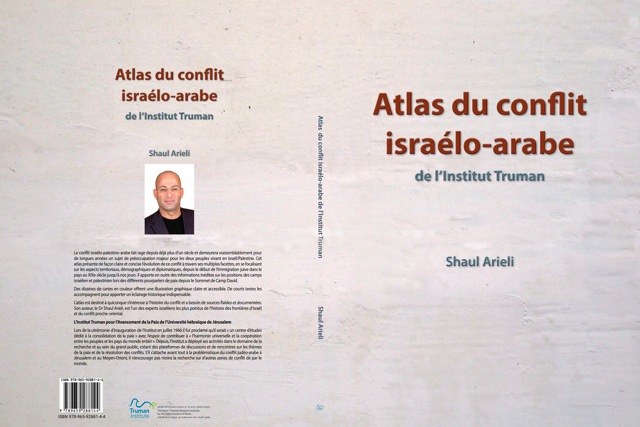The painful truth is that there is no real land potential in Israeli territory for a 1:1 territorial exchange with the Palestinians.
Extraits d’un article de Shaul Arieli paru dans Haaretz du 3 juin 2013. Pour lire l’article dans son intégralité, cliquer ICI.
Israel has come a long way since Camp David 2000, when Ehud Barak proposed to annex 11 percent of the West Bank to Israel without a territorial swap, while another 7 percent of the area, mainly in the Jordan Valley, was to be acquired for long-term leasing. Barak’s position was based on the claim that United Nations Security Council Resolution 242 − whose effective interpretation in the peace agreement with Egypt and with Jordan was that “all the territories in return for peace” doesn’t apply to the Palestinians, who were not among the “countries in the region” during the Six-Day War.
The Palestinians, who saw Resolution 242 as a basis for negotiations, insisted on its complete implementation according to the international interpretation, but agreed to be flexible: a territorial exchange at a ratio of 1:1, which would enable Israel to leave most of the Israelis living beyond the Green Line under its sovereignty.
Only in Annapolis in 2008 did then-Prime Minister Ehud Olmert adopt the parameter guiding negotiations on the territorial issue: The 1967 lines as a basis, and a 1:1 territorial swap. Olmert proposed a permanent border to Palestinian Authority President Mahmoud Abbas, one that would annex 6.5 percent of the territories and 85 percent of the Israeli settlers to Israel, while compensating Palestine with 5.8 percent of the land within Israeli territory, plus a land corridor between the Gaza Strip and the West Bank.
Abbas, for his part, proposed a 1.9 percent territorial swap, which enables Israel to retain 75 percent of the Israeli settlers under its sovereignty. The previous and present governments of Prime Minister Benjamin Netanyahu retreated from this parameter, and after zigzagging in clandestine meetings, the prime minister tends to accept the 1967 lines as the basis and even the idea of territorial exchanges − but not in an equal ratio.
But the painful truth is that there is no real land potential in Israeli territory for a 1:1 territorial exchange that could fulfill all the declarations, announcements and promises of Netanyahu and his people.
In the absence of an Israeli agreement on the territorial parameter, the chances of a peace treaty are almost nil. To give it a chance, the government should present a modest proposal of a 3 percent to 4 percent territorial exchange, which makes it possible to leave over 80 percent of Israeli settlers under its sovereignty.







